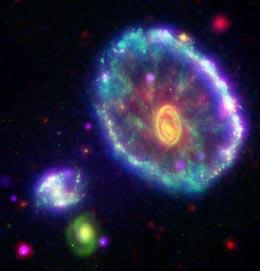
From Live Science:
People can guess pretty successfully what breed of dog a person might own just by looking at the owner, a new study finds.
A group of 70 people who do not own dogs were asked to match photos of 41 dog owners to three possible breeds — Labrador, poodle or Staffordshire bull terrier. They matched the owners to the dogs more than half the time. Yet given three choices, they should have been right only about a third of the time.
"This suggests that certain breeds of dogs are associated with particular kinds of people," said study leader Lance Workman, a psychologist at Bath Spa University in the UK.
Read more ....


















